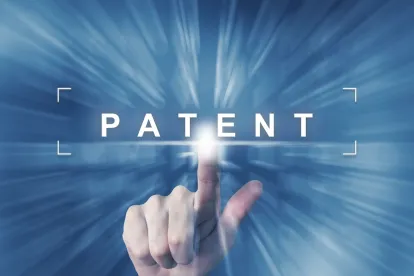In its recent ruling in IBG LLC v. Trading Techs. Int’l, the Federal Circuit vacated determinations by the Patent Trial and Appeal Board (PTAB) on patents relating to a graphical user interface (“GUI“), holding that the patents were “not … technological inventions” and were therefore ineligible for Covered Business Method Patent Review (“CBM review”).
The petitioners challenged the validity of U.S. Patent Nos. 6,766,304, 6,772,132, 7,676,411, and 7,813,996 (the “Asserted Patents”) via multiple CBM review proceedings, including CBM2015-00161 and CBM2016-00035. The Asserted Patents share the same specification and are related to a GUI for a trading system that “reduc[es] the time it takes for a trader to place a trade when electronically trading on an exchange, thus increasing the likelihood that the trader will have orders filled at desirable prices and quantities.”
After the oral hearings in the CBM review proceedings, the Federal Circuit issued a decision in a related matter, Trading Technologies International, Inc. v. CQG, Inc., No. 2016-1616, 2017 WL 192716 (Fed. Cir. Jan. 18, 2017). In the CQG. matter, the Federal Circuit affirmed the district court’s decisions that the ’132 and ’304 patents were addressed to patent eligible subject matter under 35 USC § 101. In reaching this conclusion, the Federal Circuit held that
“the claimed subject matter [was] directed to a specific improvement to the way computers operate, for the claimed [GUI] method imparts a specific functionality to a trading system directed to a specific implementation of a solution to a problem in the software arts.”
 The Federal Circuit further noted that the “district court’s rulings [were] in accord with precedent … [which] has recognized that specific technologic modifications to solve a problem or improve the functioning of a known system generally produce patent-eligible subject matter.”
The Federal Circuit further noted that the “district court’s rulings [were] in accord with precedent … [which] has recognized that specific technologic modifications to solve a problem or improve the functioning of a known system generally produce patent-eligible subject matter.”
In reliance on the Federal Circuit’s decision in the CQG matter, the PTAB concluded that the challenged claims of the ’132 and ’304 patents were eligible under 35 USC §101. The PTAB further held that these patents were not directed towards technological inventions, despite the Federal Circuit’s above holding noted in CQG matter.
The owner of the Asserted Patents appealed inter alia the PTAB’s determination “regarding whether the patents are directed to a technological invention” under AIA §18(d)(1), which defines a “covered business method patent” as
“a patent that claims a method or corresponding apparatus for performing data processing or other operations used in the practice, administration, or management of a financial product or service, except that the term does not include patents for technological inventions.” (Emphasis added).
The Federal Circuit concluded that the PTAB’s finding about the ’132 and ’304 patents being directed towards “technological inventions” were inconsistent with its prior decision in the CQG, Inc. matter, and thus “arbitrary and capricious.” Further, the Federal Circuit noted that its conclusion about the ’132 and ’304 patents also extended to the related ’411 and ’996 patents.
This decision suggests that patents deemed eligible under 35 USC §101 are not eligible for a CBM review. Like other prior Federal Circuit decisions, such as Secure Axcess, LLC v. PNC Bank National Association (Fed. Cir. 2017) and Apple Inc. v. ContentGuard Holdings, Inc. (Fed. Cir. 2018), this decision continues to narrow the standards under which patents are eligible for CBM review.




 />i
/>i

